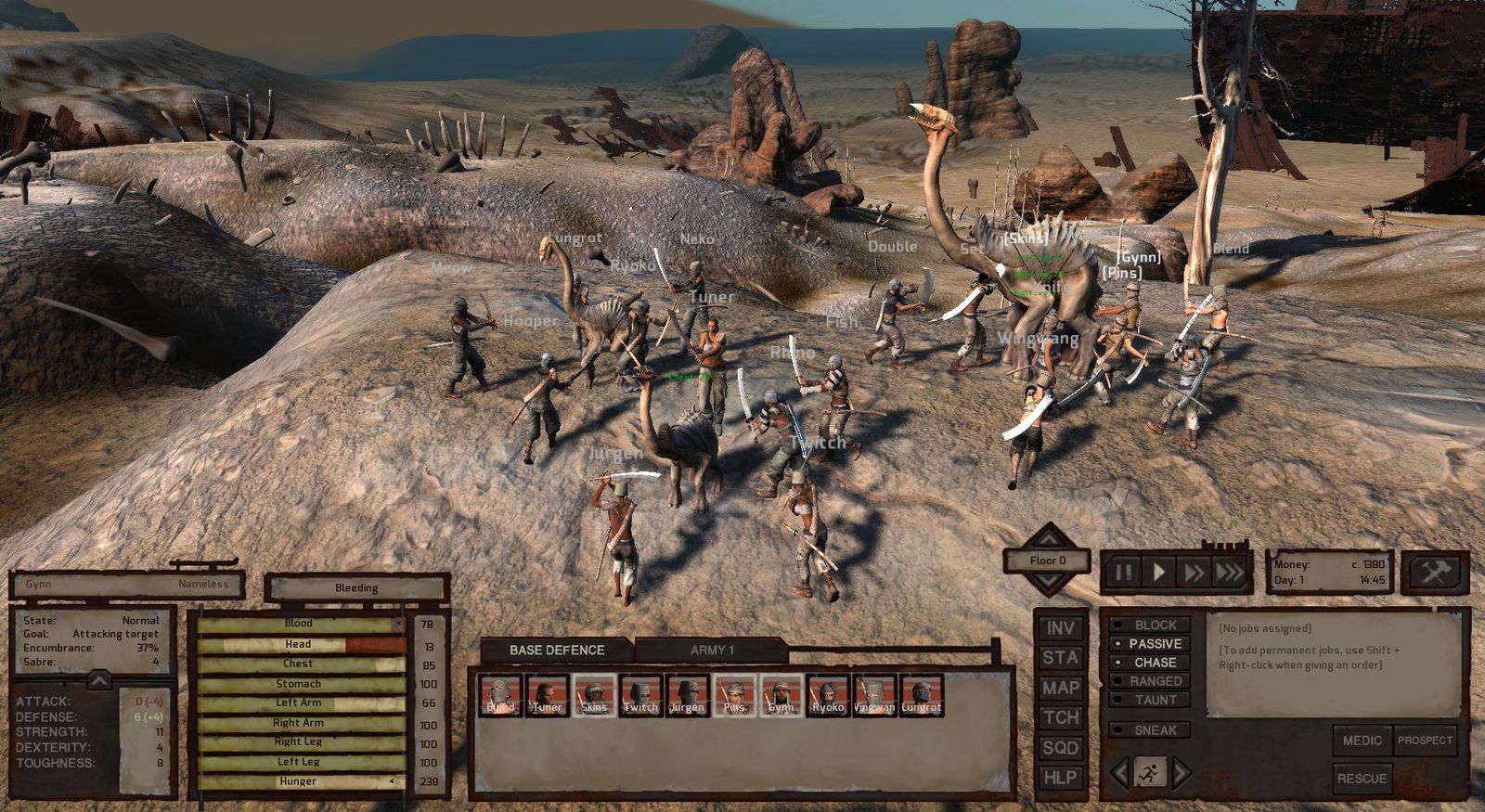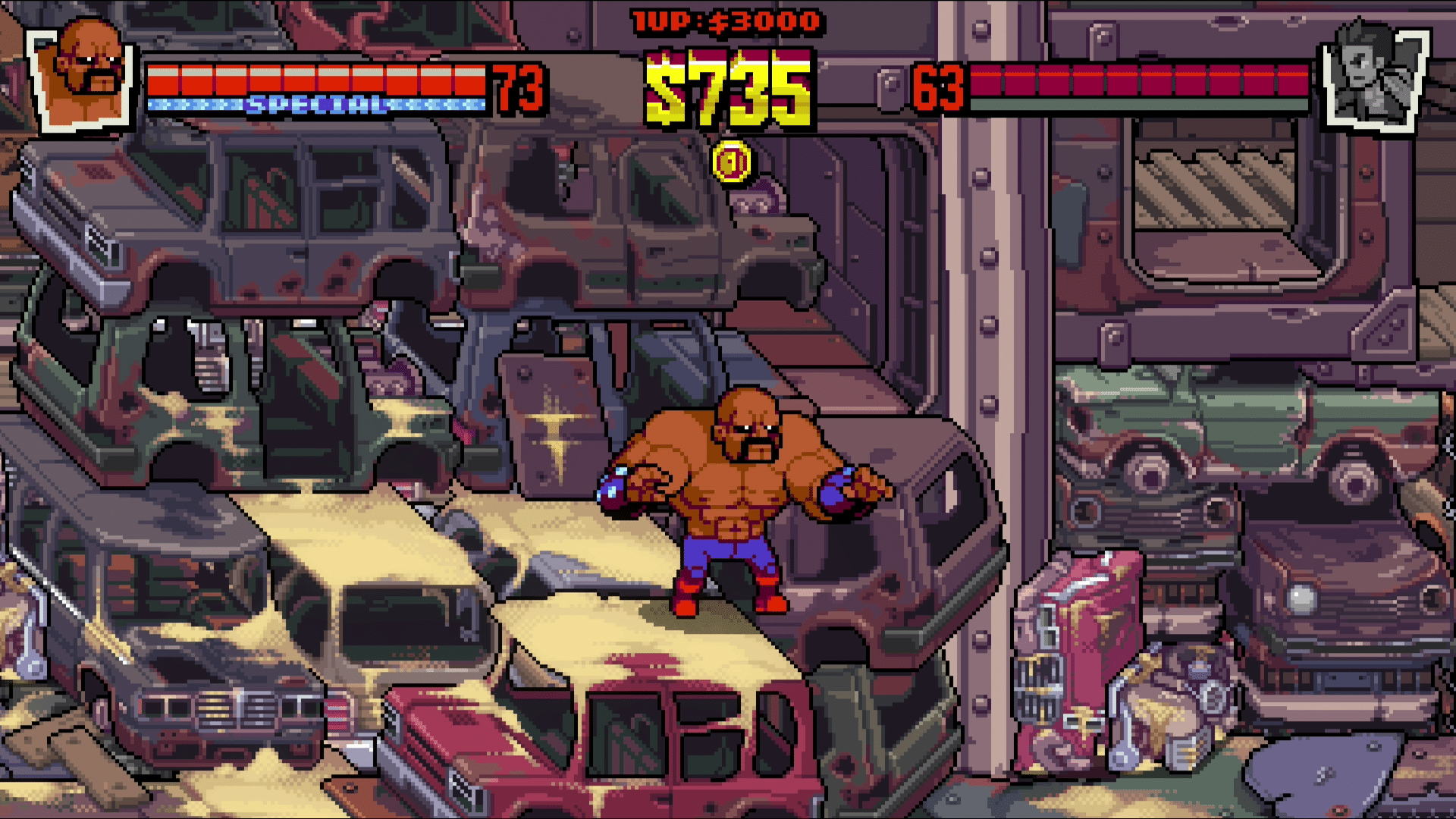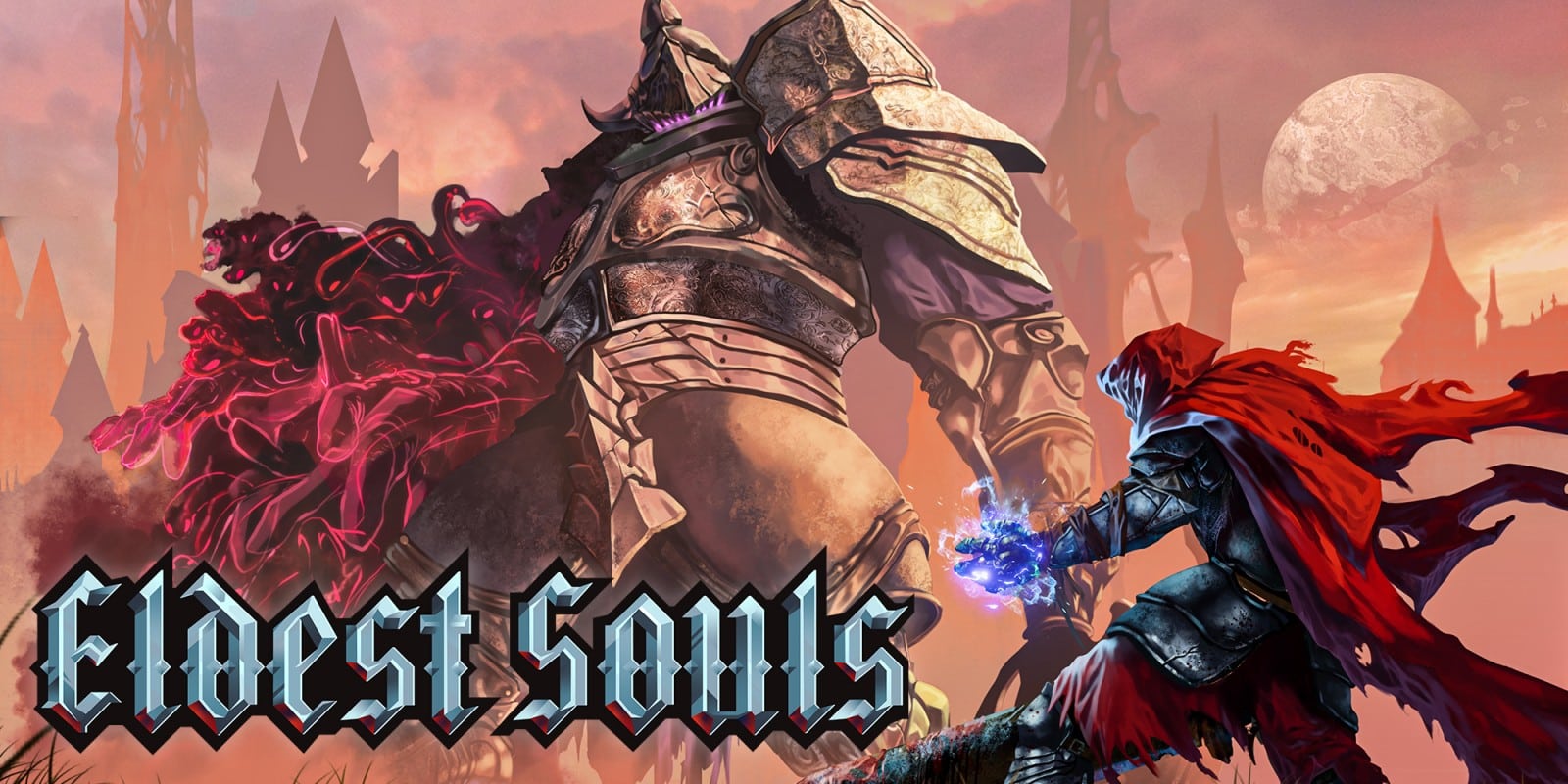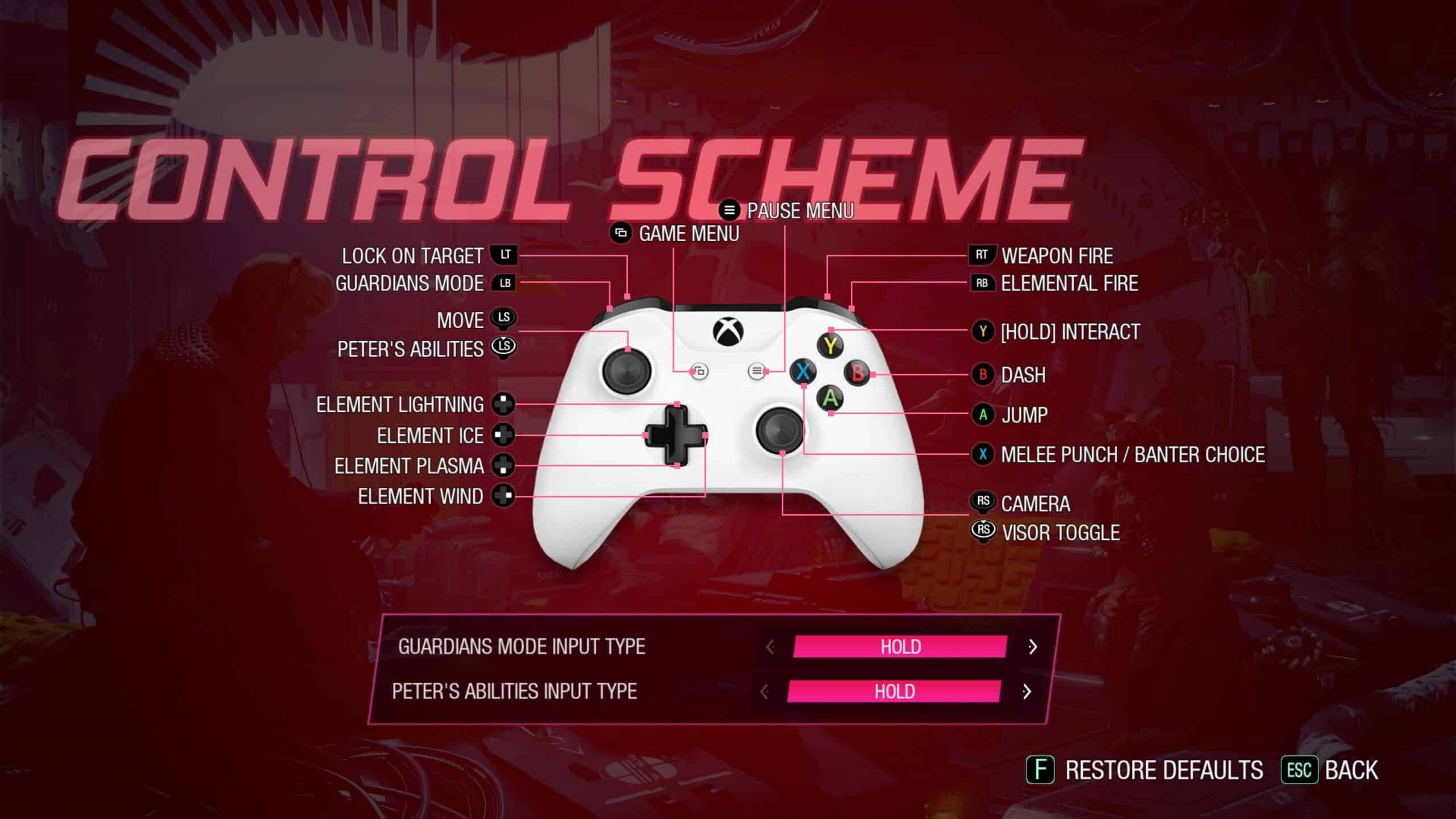At this point, expectations are high for Microsoft’s upcoming exclusives. Starfield remains one of the year’s most anticipated titles, with Redfall expected to bring the same Arkane magic found in Deathloop, Dishonored, and Prey. With similarities to iconic series like Borderlands, along with an exciting take on the vampire genre, is Redfall worth the wait, or could it still use some time?
The initial premise of Redfall isn’t unique, though it works pretty well. In the past, there was a woman who had special blood. Upon learning this, she wanted to share her gift with the world. However, the people using her ultimately took more than she initially bargained for. These metaphorical vampires were then transformed into literal ones’ with some impressive powers to boot. Sometime later, the remnants of Redfall are fighting back against these powerful “gods” and those who choose to side with them.
After this, the narrative is split into three types of adventures. You’re helping one of the NPCs, trying to locate a vampire god, or getting their backstory. These brief stories, almost certainly supplemented by reading the hundreds of secret documents, primarily focus on their “sins.” It makes the characters more interesting, but a couple of weird choices impact the narrative oddly.
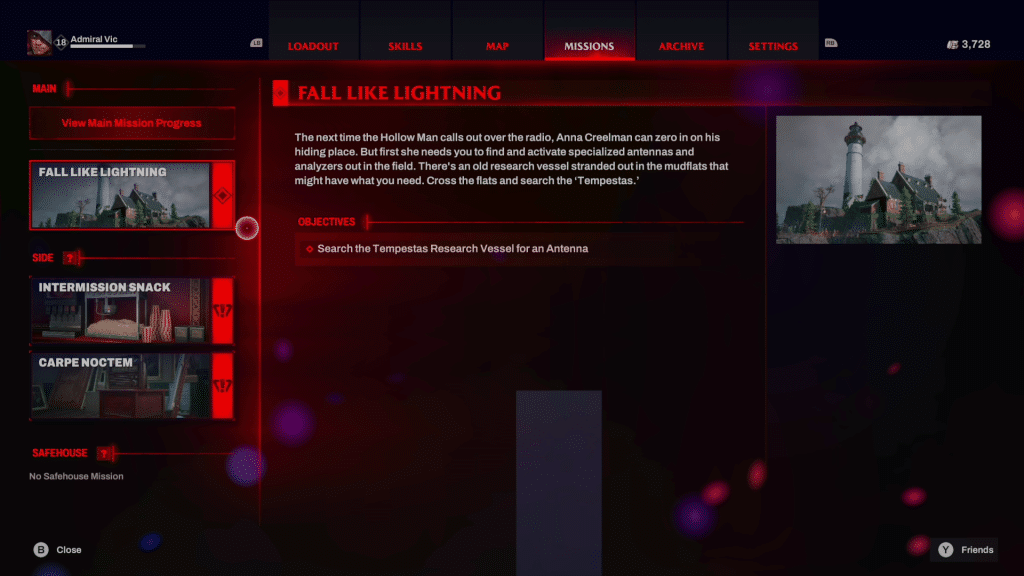
The Hollow Man’s voice actor, James Urbaniak, is the best example of this. If you’re like myself and a massive fan of The Venture Bros., you’ll immediately recognize the doctor as none other than Dr. Thaddeus S. “Rusty” Venture. Usually, this would be pointless trivia, but it’s surprisingly relevant in this case.
Early on, you find out The Hollow Man is haunted by, you guessed it, butterflies. While Redfall’s character is not plagued by Malcolm “The Monarch” Fitzcarraldo, not that I’d be against it or Christopher McCulloch being involved somehow, it undercuts a poignant backstory for an odd series of choices I have to believe were intended. In The Hollow Man’s case, you find out that “butterfly” relates to a couple of things, the most notable being the needle that forever changed his life. Just an odd reference that undercuts an otherwise sad story. Especially when each character gets progressively less backstory, with a conclusion that optimistically suggests more to come.
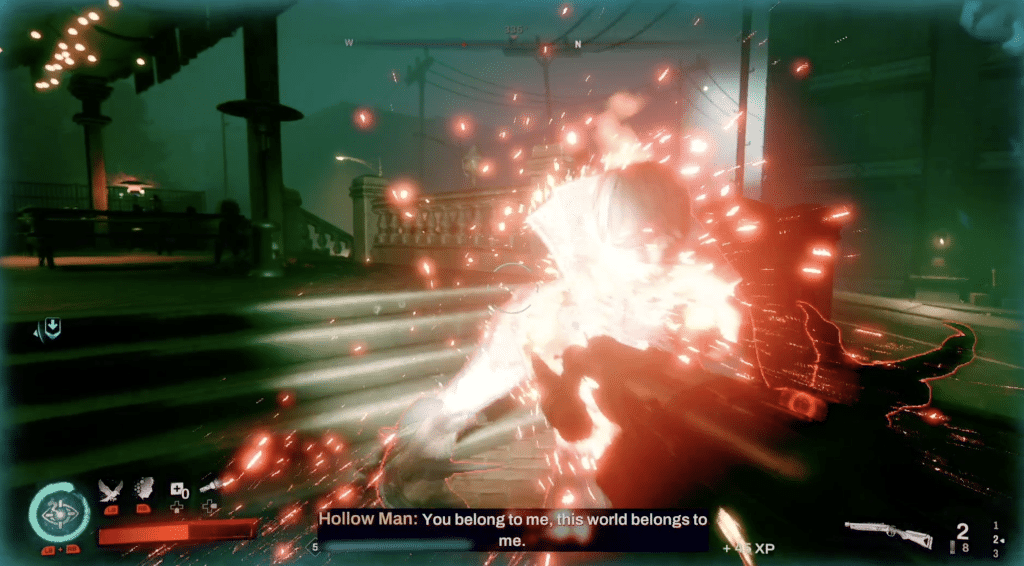
Regardless of what people think of the narrative, games like Redfall live and die based on gameplay, which is surprisingly not Redfall‘s strong suit. While I attribute some of my struggles to using an Xbox controller, which active readers know I use the least, Redfall feels… off.
Aiming without the scope feels arcady, with the down-sight option feeling incredibly rigid. There doesn’t feel like a good compromise for shooting cult members, with vampires being significantly worse. I also imagine the aim assist is very low, as it feels hard to pinpoint targets, especially compared to games like Destiny 2, where it’s pretty high. But, regardless of what the answer is, the core experience is pretty weak.
Enemies are generally pretty dumb. They will rush to cover, make poor plays, and react slowly, making it easy to beat them. Serious damage, tricky mechanics, or unlucky spawns are the only thing that should result in your death. And even then, it felt inconsistent, something I attribute to Redfall‘s unusual approach to RPG mechanics.
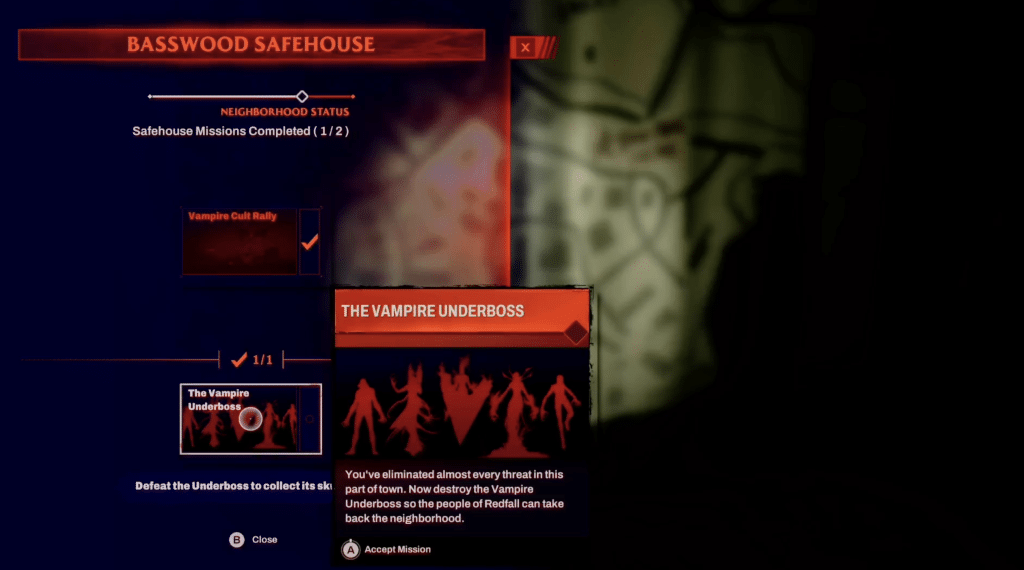
Am I Over or Under Level for This?
Typically games like this will set things at a specific level. A raid is 1770 or 1600 in Destiny 2: Lightfall, Borderlands gives a level requirement; even Outriders offered scalability based on World Rank, yet Redfall doesn’t tell you anything. As far as I can tell, everything scales with you, which is terrible for several reasons.
On a fundamental level, it changes how people look at gear. No matter what you do, everything has a shelf life until you hit the cap. Builds don’t matter if it’s the difference between surviving three and four hits. It also makes loot rather underwhelming, something Redfall doubles down on with their build options.
Most perks are straight metrics. Take less damage, heal faster, have a more prominent magazine, better aiming, etc. Historically these tend to be unpopular, as it’s hard to feel the difference they offer. This is especially true for minor benefits or vague concepts like “50 percent increased accuracy while moving.” But what I find egregious is “unrivaled” gear.

Like most games in this genre, unrivaled gear is unique weapons with a particular name, design, and gimmick and are given the ever-popular gold color. In my play through, I encountered five different weapons at this rarity. All but one of these weapons featured better versions of existing perks. That exception was “Lonely Things,” a semi-automatic sniper rifle made with my character, Jacob, in mind.

Its unique perk reduced Raven’s active cooldown by 3 seconds when killing a human with this weapon. With my completed Raven perk tree, it has a cooldown of roughly 6 seconds, so it offers a noticeable advantage. However, in terms of functional value, it’s pretty tiny. You’d need to alternate between killing enemies and using Raven. Most times, I’d have Unkindness, a perk that damages enemies hit by Raven, proc and kills most humans, or was in a position where it was easier just to open fire.
While I like to see these perks and legitimately hope there are some cool weapons out there that change the game, like Destiny, Borderlands, and Outriders, I’m not optimistic about it. That said, the other big issue with gear is poor balancing.
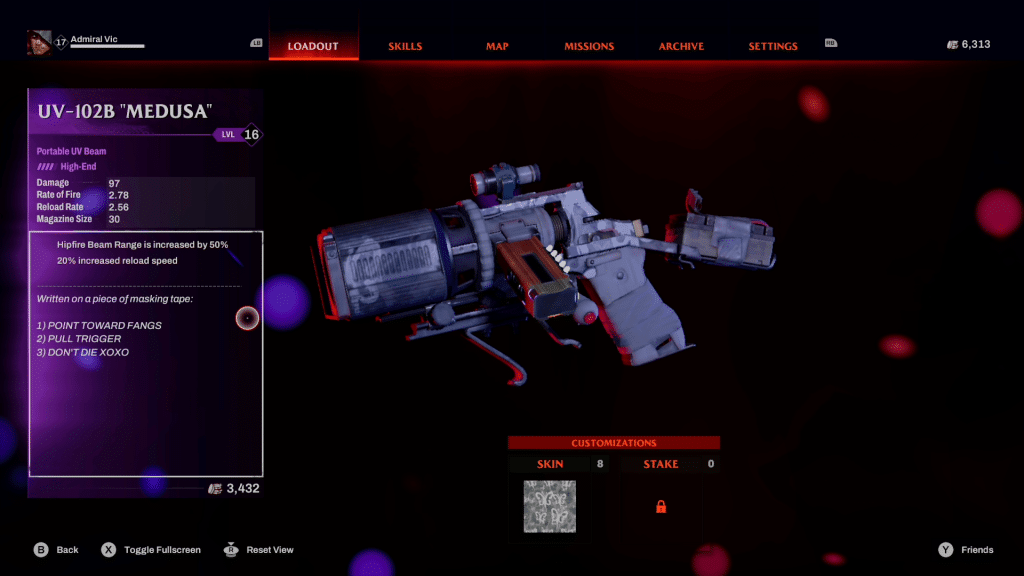
Despite Grave Mistake being enough to kill most cult members, it doesn’t fare well against vampires. This holds for most weapons, whether shotgun, sniper, or pistol. However, I found a combo that feels game-breakingly powerful.
A small handful of weapons are known as “Portable UV Beams.” They’re harmless to normal humans in the short term, with vampires being petrified in seconds. Once they’re in this state, normal vampires can be shattered for instant death. This was the only weapon that made vampires feel manageable on the most significant difficulty, with it outright removing most struggles on lower problems.
It helped the most by defeating a particular vampire known as a Rook. These “powerful servants of the vampire gods” can even control lightning. With the UV Beam, you can petrify it in a couple of seconds, pull out a stake launcher, and a critical hit instantly kills it on an average solo. Or, if you’re in a pinch, Rooks will petrify themselves by attacking you at a safe house. Just wait in a UV light, and then shoot for free loot.

For all the reasons mentioned above, scaling also feels somewhat inconsistent. Anglers, which are my most minor favorite type of vampire, could quickly go from dealing substantial damage, and near-fatal injury to instant death with their grab. I couldn’t figure out if named versions have a power hierarchy, I got lucky with one of the aforementioned metric modifiers, but it did not make for a fun guessing game. Thankfully, Redfall also makes the conversation moot.
Similar to Borderlands, death is more of a costly inconvenience. Outside the four bosses, you can seemingly brute force anything, on any difficulty, if you want to. Enemies retain damage between lives/progress persists, so if you die, you pay a nominal fee, go back and kill the now weakened enemy.

While I’m arguably being a bit critical of Arkane’s choice to scale encounters, there is a reason for it. Keeping true to their history, most stages have multiple paths to victory. One way might have a small handful of enemies, and another will alert a whole hoard with a non-violent approach somewhere. Since these paths offer varying amounts of experience, I believe the idea is not to punish someone who comes up with a creative solution. It’s admirable, albeit misplaced, especially since most knowledge comes from finishing objectives.
Regardless of where you stand in the scaling debate, Redfall seemingly lacks end-game activities. After finishing the narrative, I was whisked away to a new game+. I didn’t notice any differences; even the tedious get-to-know-everyone bit is still present. It was the same experience at most, just scaled for a level 18 character. This leads me to believe that post-game is finishing collectibles and clearing Vampire Nests.

As the name suggests, Vampire Nests are locations overrun by vampires. While in the area, they receive an increase in power. These can be destroyed by finding the door and finishing the encounter. Each time you log in, the locations and other spawning will change shortly after one is cleared.
These encounters are pretty cool. Each reuses assets found elsewhere, distorting and warping reality to bring them together. They make for trippy locations to explore, as you could go from a movie theater to a gas station before ending up in a small town location. These also seem to increase in difficulty over time. When I was level four, they were two sections with four enemies, with them four sections and 20 vampires at level 18.

Three Easy Steps
That being said, Vampire Nests suffer from a couple of issues. Similar to Returnal, the pool of available resources is pretty tiny. In fact, the first two I did were the same. Even now, I’ll commonly see the same assets; they present differently. I also think the explanation found above is feeble.
The way these encounters work is straightforward. Enter the unique space, move down the linear path, and reach the heart. Interact with the three anchors to make the heart vulnerable, shoot it, and a box containing a Blood Remnant will appear. After your interaction, the place will fall apart like your Indiana Jones taking the prized treasure. Along with its destruction, a one-minute countdown will appear.

All of these steps sum up the premise presented. You destroyed the heart, got the loot, and now you must leave. Except, this isn’t actually how Vampire Nests work. Unless you read the expanded tutorial or mess with things like myself, you might not realize escape happens automatically. Instead, the countdown indicates that the final room can be looted. After a minute, you’ll be safely ejected, regardless of what you do.
Even normal progression is hit/miss. Most locations are pretty empty. Key spots might have a few enemies, with vampires increasingly common at night. Outside, you can explore or transverse the world without much to do. At most, there might be a discreet encounter or a big collectible to find. A few locations will have optional quests, though there don’t appear to be many, and most are underwhelming. Some of these could be completed in minutes, with some of the kill quests potentially ending in seconds with the aforementioned combo.
I want to say boss battles are different, except they aren’t in a good place. Only one is tricky, for technical reasons, with another being a hoard mode and the other two having wall issues. Consistently, the ads were far more dangerous than any of the bosses. Not even due to the boss being present; they were generally harder to deal with.

Skills have a lot of potentials, though I don’t feel like Redfall capitalized on them well. Every skill tree becomes progressively the most costly and time-consuming to finish. A tree takes 12 skill points (levels), making them a reasonably high investment. There are also practical skills that have marginal value. Something like Vampire Slayer gave me three additional stakes, whereas most other skills will offer more long-term value.
Perhaps most baffling of all is the performance issues with Redfall. It was already confirmed the console version, which this review is based on, wouldn’t get 60 FPS at launch, yet so many other quirks are present. One of the more common issues was inconsistent quality.
Quite the Difference
The images above show my Sawfish stake launcher and Unrivaled quality Grave Mistake. Sawfish looks pretty good. The Henry name is a bit blurry, and some details could be better, but overall the gun looks pretty good. A grave Mistake looks like, well, a serious mistake.

Yikes…
Some of the issues are lighting. I think the Vampire Nest picture version looks better; the image above looks worse, though none of the three look anywhere near what the examined image looks like. It’s much closer to what I’d expect from an Xbox 360 game, even if actual Xbox 360 games did better.

What it is Supposed to Look Like
Customization could use some help. Loading skins or stakes takes a couple of seconds, even though there are only 41 and 27, respectively. I also found an odd glitch where using a customized stake reverts the weapon to its default look. The only way to see the correct image is to edit while the gun is equipped. It makes sense, given how scaling works, though the fact skins don’t have this limitation makes it clear this is unintended.
Another exciting occurrence was experiencing roughly ten crashes during my play-through. Two of these happened at the same spot, so perhaps that area is buggy, though there would be times when Redfall decides to stop working. I could understand if I was pushing the envelope, but loading an area or shooting a vampire should not cause many crashes.
The final performance issue I want to touch on is one of the bosses. I previously mentioned this by describing the fight as having technical issues. Since a fair amount is going on, a few enemies will spawn with a ton of mist; I struggled to maintain a consistent 30 frames. Unfortunately, I couldn’t tell you what it was running at, but noticeable frames were being dropped. Even watching my replay, I’ll notice times I hit ads and see the blood shoot from their body, with no damage being taken. All of this takes away from experience, which is a shame because the end content doesn’t look like something that would struggle with these elements.

All of this being said, I still had fun playing Redfall. Running into an enemy camp, throwing my Raven to kill/mark enemies, and then using Heartstopper to blow away up to seven enemies instantly is fun. I can cloak, leave, or heal if things get dicey before continuing the fight. Staking the four or so generic vampire models never really got old. The look of fear as the golden wave of death washed over their disintegrating body was always satisfying. It’s just a shame that Redfall isn’t in a better place.
Redfall Review Verdict
Redfall: If I am being sincere, Redfall feels closer to a beta than a finished product. It isn't just missing polish; many elements are in the wrong place. There isn't much of an end game or reason to grind, nor did I find any weapon that seemingly changed the face of the game. At most, I found more accessible ways to do things resulting in my build always having a UV and stake weapons. Despite this, I think Redfall will benefit significantly from Xbox Game Pass. Even if the product I reviewed was in a rough place, I still had fun. Arkane Studios has time to improve it, two additional characters are coming in the future, and 60 FPS is in the works; it's just a shame our first impression was nowhere near what we've come to expect from Arkane Studios or the genre. – Grant
[Editor’s Note: Redfall was reviewed on Xbox Series S, and a copy was provided for review purposes.]














